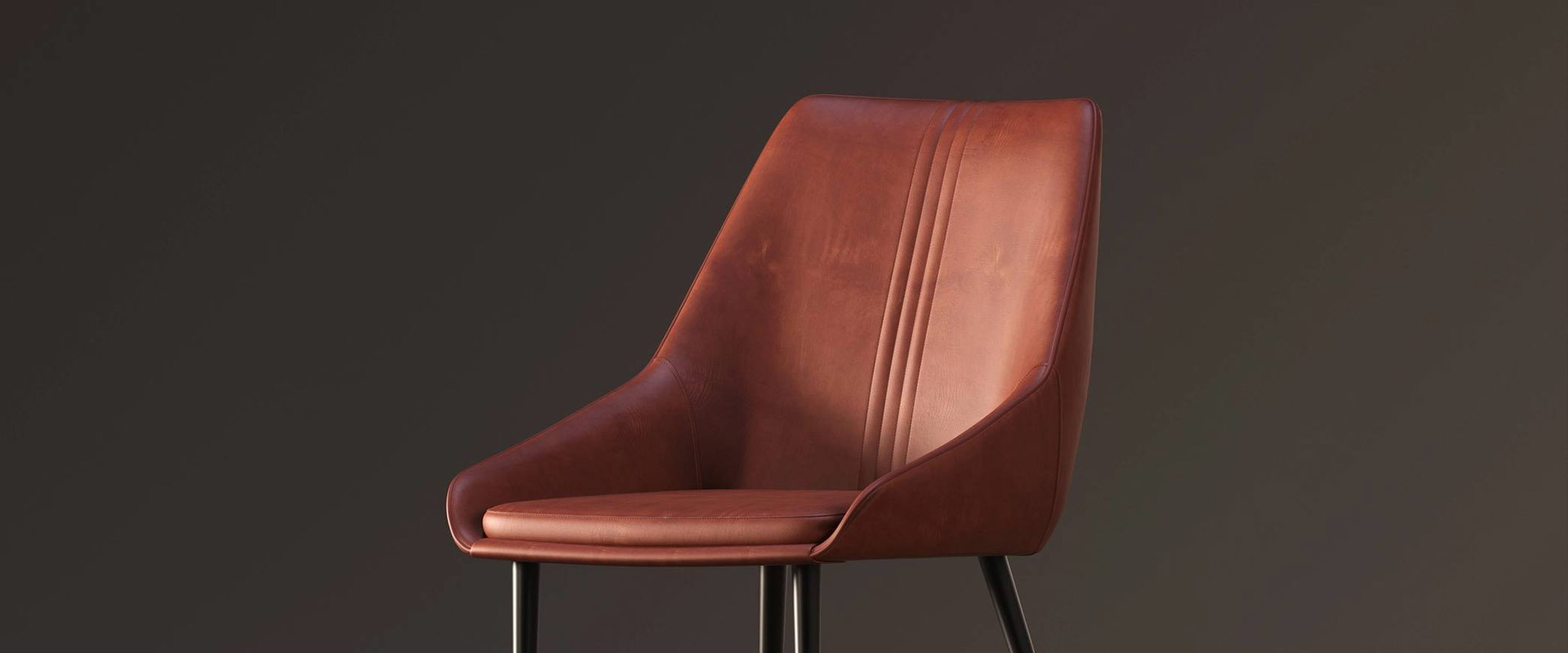How to choose the dining chairs?
Release Time:
2025-07-10
When choosing a dining chair, you need to consider multiple factors, such as the size of the space, style, material characteristics, comfort, durability, etc., to ensure that it is both practical and can enhance the overall aesthetics of the restaurant. The following is a detailed selection guide:
Space size: Measure the length and width of the restaurant to ensure that after the chairs are placed, there is at least 60cm of walking passage around (the distance between people and walls/other furniture after the chairs are pulled apart) to avoid inconvenience in entering and exiting.
Small apartment/compact space: give priority to narrow chairs (chair width ≤ 50cm) or foldable and stackable styles (such as plastic folding chairs, metal stacking chairs) to save storage space.
Large space/open restaurant: choose wide chairs (chair width 55-65cm) or styles with armrests to improve comfort and atmosphere.
Number matching: determine the number of chairs according to the size of the dining table (such as 4 chairs for a 4-person table and 6 chairs for a 6-person table) to avoid the imbalance of "many chairs and small tables" or "large tables and few chairs".
Dining chairs made of different materials have different characteristics, so you need to choose according to the usage scenario (such as whether there are children or whether it is used frequently):
Solid wood chairs:
Advantages: heavy texture, durable (high-quality solid wood can be used for decades), natural texture, suitable for a variety of styles (Nordic, Chinese, Japanese).
Disadvantages: high price (especially hardwood such as oak and walnut), heavy weight (inconvenient to move), easily affected by humidity (need to avoid exposure to the sun or moisture).
Suitable for: families who pursue texture and do not need to move frequently, or match with solid wood dining tables.
Metal chairs:
Advantages: light (aluminum alloy is lighter), strong modern sense, wear resistance (not easy to deform), moderate price.
Disadvantages: sitting cold in winter (can be improved with cushions), metal frames are easy to fall off if the paint is not evenly sprayed, and may scratch the floor (anti-slip mats are required).
Suitable for: modern/industrial style decoration, or scenes that require frequent movement, stacking and storage (such as small apartments).
Fabric chair:
Advantages: Soft seat (fabric fabrics such as linen, cotton and linen), comfortable to sit, strong sense of warmth, suitable for Nordic and Japanese styles.
Disadvantages: Not resistant to dirt (especially light colors), easy to get dusty/oily, need to choose removable fabrics (such as zipper chair covers), otherwise it is troublesome to clean.
Suitable for: Families without children/pets, seeking comfort, or used as dining chairs with cushions.
Leather chair:
Advantages: Easy to clean (wipe with a damp cloth), high-quality texture (genuine leather is more breathable, PU leather is cost-effective), suitable for light luxury and modern styles.
Disadvantages: Sitting for a long time in summer is stuffy (can be matched with breathable cushions), genuine leather is expensive, and sharp objects are easy to scratch (need to avoid pet scratching).
Suitable for: Families with children (easy to clean), seeking texture, or matching with marble/glass dining tables.
Plastic chair:
Advantages: Low price, light (suitable for movement), waterproof and dirt-resistant (easy to wipe after liquid splashing), rich colors (suitable for lively style).
Disadvantages: Cheap texture, easy to deform after long-term use (especially in high temperature environment), hard to sit on (need to be equipped with cushion).
Suitable for: temporary use, rental scene, or as a special dining chair for children.
Related News
ELEE FURNITURE GROUP - Super Factory In Nantong
Phone: 0086 189 0627 8876
Email: info@eleefurniture.com
Address: No. 6 of Development Road, Dagong Town, Hai'an,
Nantong City, Jiangsu China.



